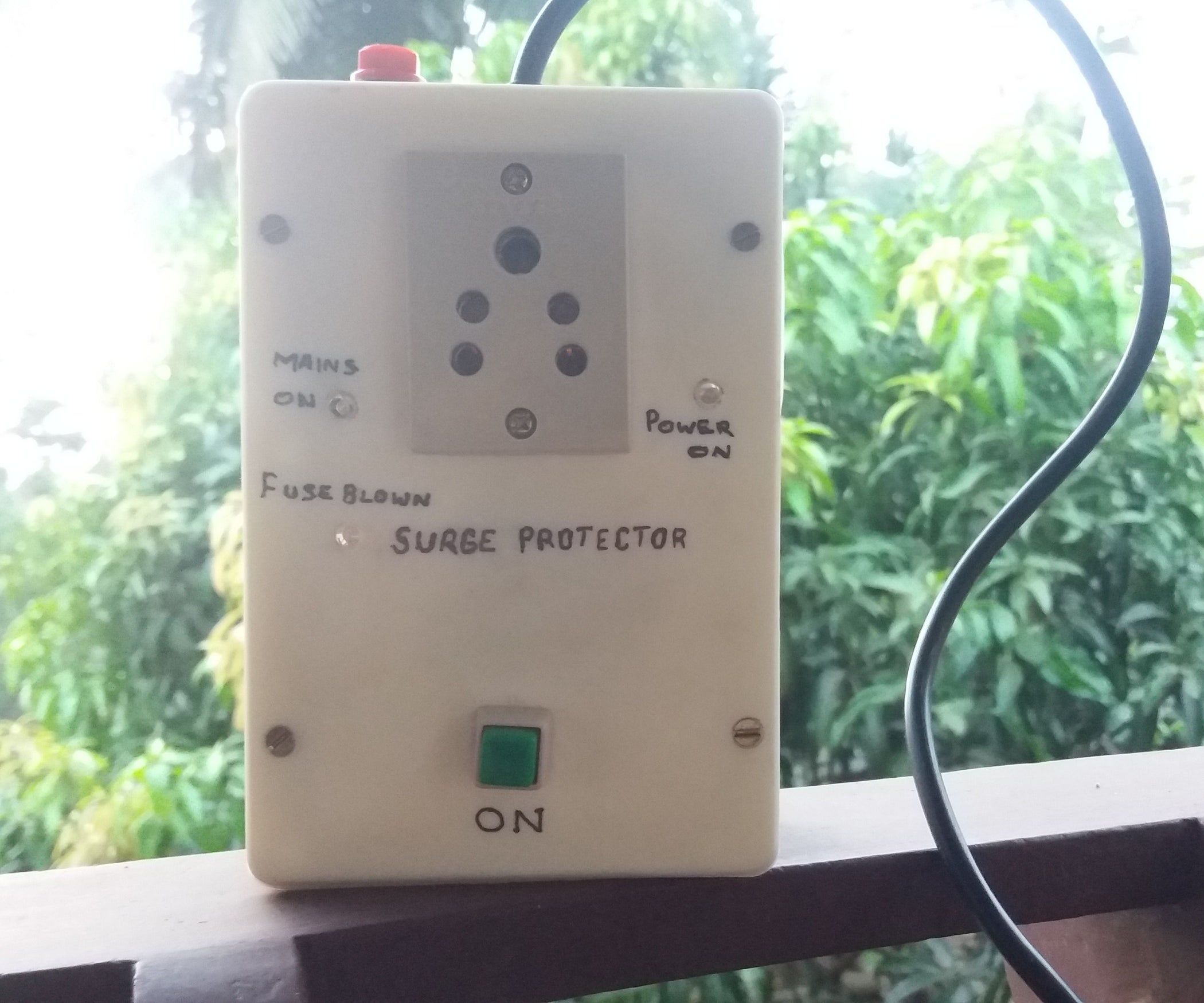

Articles
How Does A Surge Protector Work
Modified: February 22, 2024
Learn how surge protectors work and keep your devices safe from power surges with informative articles on surge protector technology, benefits, and tips for choosing the right one.
(Many of the links in this article redirect to a specific reviewed product. Your purchase of these products through affiliate links helps to generate commission for Storables.com, at no extra cost. Learn more)
Introduction
A surge protector is a device that is designed to protect electrical devices from voltage spikes or surges. These surges can occur due to various reasons such as lightning strikes, power grid fluctuations, or even the operation of high-powered electrical equipment within the same circuit. Surge protectors are essential in safeguarding sensitive electronics and appliances from potential damage caused by sudden voltage spikes.
In today’s modern world, where we heavily rely on electrical devices in our daily lives, understanding how surge protectors work can help us protect our valuable equipment.
This article aims to provide a comprehensive overview of surge protectors, including their components, functionality, and debunking common myths surrounding these devices. By the end of this article, you will have a better understanding of surge protectors and how to choose the right one to suit your needs.
Key Takeaways:
- Surge protectors divert excess voltage to protect electronic devices, but they have a limited lifespan and should be periodically replaced for continued protection.
- Surge protectors are essential for safeguarding all electronic devices, not just expensive ones, and should not be confused with basic power strips.
Understanding Surge Protectors
A surge protector, also known as a surge suppressor or surge diverter, is an essential device that safeguards electrical equipment from voltage spikes. These voltage spikes are sudden increases in electrical potential that can cause damage to sensitive electronic components.
Surge protectors work by diverting excess voltage away from the connected devices and channeling it to a grounding path. This redirecting of excess voltage prevents it from reaching and damaging the connected equipment.
It is important to understand that surge protectors do not eliminate or suppress all surges. Instead, they provide a certain level of protection by absorbing, redirecting, or suppressing voltage spikes, depending on the type and rating of the surge protector.
Surge protectors come in various forms, including power strip surge protectors, wall-mounted surge protectors, and whole-house surge protectors. Each type offers different levels of protection and is suitable for specific applications.
When choosing a surge protector, consider factors such as the electrical load it can handle, the number of outlets available, and the clamping voltage. Clamping voltage is the maximum voltage that the surge protector allows to pass through to the connected devices, and it plays a crucial role in protecting your equipment.
It is important to note that surge protectors have a finite lifespan and can wear out over time. Therefore, it is recommended to periodically replace them, especially if they have been subjected to multiple voltage spikes.
Now that we have a basic understanding of surge protectors, let’s take a closer look at the components that make up these devices and how they work.
Components of a Surge Protector
A surge protector comprises various components that work together to provide reliable protection against voltage spikes. Understanding the key components of a surge protector can help you make an informed decision when choosing the right device for your needs.
- MOV (Metal Oxide Varistor): The Metal Oxide Varistor is the core component of a surge protector. It is made of a semiconductor material, typically zinc oxide, and is designed to divert excess voltage away from the connected devices. When a surge occurs, the MOV acts as a voltage-sensitive switch, allowing current to flow through it and diverting the excess voltage to the grounding path.
- Gas Discharge Tube: Also known as a GDT, the gas discharge tube is another essential component of a surge protector. It consists of a glass or ceramic tube filled with a noble gas, such as neon or argon. When a surge occurs, the ionized gas inside the tube provides a low-resistance path for the excess voltage, preventing it from reaching the connected devices.
- EMI/RFI Filtering: Surge protectors often incorporate EMI (Electromagnetic Interference) and RFI (Radio Frequency Interference) filters. These filters help suppress electromagnetic and radio frequency interference, ensuring clean power delivery to the connected equipment. They work by attenuating unwanted electrical noise and harmonics that can affect the performance of sensitive electronics.
- Surge Protection Indicator: Many surge protectors feature a surge protection indicator, often in the form of an LED light, to indicate the status of the surge protection functionality. A properly functioning surge protector will have the indicator light illuminated, providing peace of mind that your devices are protected. If the indicator light goes out, it indicates that the surge protection components have reached their maximum capacity, and the surge protector needs to be replaced.
- Joule Rating: The joule rating of a surge protector represents its energy-absorbing capacity. It indicates the maximum amount of energy the surge protector can handle during a surge event. A higher joule rating signifies that the surge protector can absorb more energy and provide better protection for connected devices.
- Clamping Voltage: The clamping voltage of a surge protector refers to the voltage level at which the surge protector starts redirecting the excess voltage away from the connected devices. A lower clamping voltage indicates better protection against voltage spikes. It is recommended to choose a surge protector with a clamping voltage below 400 volts for optimal protection.
By understanding the components of a surge protector, you can make a more informed decision when selecting a device that offers the best protection for your valuable electronic equipment.
How Surge Protectors Work
Surge protectors play a crucial role in safeguarding our electronic devices from voltage spikes or surges. Their functioning involves a combination of protective components that work together to divert and suppress excess voltage to protect the connected equipment.
When a surge occurs in the electrical power supply, whether from a lightning strike, power grid fluctuations, or other sources, the surge protector detects the excess voltage and initiates a response to mitigate its impact.
The core component of a surge protector is the Metal Oxide Varistor (MOV). When the voltage exceeds a certain threshold, the MOV activates and starts conducting the excess electrical energy. This diverts the excess voltage away from the connected devices and redirects it to the grounding path.
Another key component in surge protectors is the Gas Discharge Tube (GDT). It acts as a backup to the MOV, providing an additional path for the excess voltage to flow. When the voltage spikes to a certain level, the noble gas inside the GDT ionizes, creating a low-resistance path for the excess energy. This prevents the voltage from reaching the connected devices and protects them from damage.
In addition to the MOV and GDT, surge protectors may also incorporate EMI/RFI filters. These filters suppress electromagnetic and radio frequency interference, ensuring clean power delivery to the connected devices. By attenuating unwanted electrical noise and harmonics, they provide a more stable power supply and protect sensitive electronic components from interference-induced damage.
The joule rating of a surge protector is an important factor in its effectiveness. It indicates the energy-absorbing capacity of the surge protector during a surge event. A higher joule rating means the surge protector can absorb more energy before becoming overwhelmed. It is advisable to choose a surge protector with a higher joule rating to provide better protection for your devices.
The clamping voltage is another crucial aspect of surge protectors. It denotes the voltage level at which the surge protector starts redirecting excess voltage. A lower clamping voltage signifies that the surge protector will react more quickly to suppress the surge. It is recommended to select a surge protector with a clamping voltage below 400 volts for optimal protection.
It is important to note that surge protectors have a limited lifespan and can wear out over time. They can be damaged by large surges or repeated exposure to smaller surges. Therefore, it is advisable to replace surge protectors periodically to ensure continued protection for your electronic devices.
By understanding how surge protectors work and their components’ roles, you can make an informed decision when selecting the right surge protector to protect your valuable electronic equipment.
A surge protector works by diverting excess voltage from power spikes away from your electronic devices, helping to protect them from damage. Be sure to choose a surge protector with a high joule rating for better protection.
Surge Protector vs Power Strip
While commonly confused, surge protectors and power strips serve different purposes when it comes to electrical safety and convenience. Understanding the differences between these two devices is essential for properly protecting your valuable electronics and appliances.
A power strip, also known as an extension cord, is a device that provides additional electrical outlets. It allows multiple devices to be plugged into a single wall socket. Power strips are convenient for expanding the number of available outlets in a specific area, such as an office or entertainment center.
However, it’s important to note that not all power strips offer surge protection. Basic power strips simply act as an electrical hub, providing additional outlets without any protection against voltage spikes. These basic power strips offer no defense against electrical surges and can potentially expose your devices to damage during power fluctuations or lightning strikes.
A surge protector, on the other hand, is specifically designed to protect connected devices from voltage surges or spikes. It contains built-in components, such as Metal Oxide Varistors (MOVs) and Gas Discharge Tubes (GDTs), which divert excess voltage away from the devices and channel it to the grounding path.
Surge protectors are equipped with a joule rating that indicates their ability to absorb energy during a surge event. This rating determines how much protection a surge protector can provide before it becomes overwhelmed. Higher joule ratings offer greater protection for your devices.
Furthermore, surge protectors usually come with a clamping voltage specification. This refers to the maximum voltage at which the surge protector activates and redirects excess voltage. A lower clamping voltage signifies faster reaction time and better protection against surges.
When choosing between a surge protector and a power strip, it is crucial to consider the devices you are connecting and the potential risks of electrical surges in your area. If you have valuable electronics or appliances that could be susceptible to damage from power fluctuations, it is highly recommended to invest in a surge protector.
Keep in mind that not all surge protectors are created equal. It is essential to select a surge protector with an appropriate joule rating, clamping voltage, and the number of outlets required to meet your specific needs. Be sure to check the surge protector’s specifications and ensure it has been independently tested and certified for surge protection.
In summary, while power strips offer the convenience of additional outlets, surge protectors provide the vital function of protecting your devices from voltage surges. Investing in a quality surge protector is an essential step in safeguarding your valuable electronics and appliances from potentially damaging power fluctuations.
Read more: Why Is My Surge Protector Not Working
Choosing the Right Surge Protector
When it comes to protecting your valuable electronic devices from voltage surges, selecting the right surge protector is essential. With a multitude of options available on the market, it’s important to consider a few key factors to ensure you choose a surge protector that meets your specific needs.
1. Joule Rating: The joule rating of a surge protector indicates its energy-absorbing capacity. A higher joule rating means the surge protector can handle larger surges or multiple smaller surges before becoming overwhelmed. It is advisable to choose a surge protector with a joule rating of at least 1000 joules for optimal protection.
2. Clamping Voltage: The clamping voltage of a surge protector refers to the voltage level at which the surge protector starts redirecting excess voltage. A lower clamping voltage signifies faster reaction time and better protection. Look for a surge protector with a clamping voltage below 400 volts for optimal performance.
3. Number of Outlets: Consider the number of devices you need to protect and ensure the surge protector has an adequate number of outlets. It’s always better to have a few extra outlets to accommodate future additions.
4. Type of Equipment: Different electronic devices have varying power requirements and sensitivity to voltage fluctuations. If you have high-end audio or video equipment, computer systems, or other sensitive electronics, consider a surge protector specifically designed to provide enhanced protection for these devices.
5. Warranty: Look for surge protectors that come with a warranty. A good warranty provides peace of mind and can be an indicator of the manufacturer’s confidence in the product. Also, check if the warranty covers damage to connected devices in case of a surge.
6. EMI/RFI Filtering: Surge protectors that include EMI/RFI filters can help suppress electromagnetic and radio frequency interference, ensuring cleaner power to your devices. This is particularly beneficial for sensitive audio and video equipment that can be affected by electrical noise.
7. Additional Features: Some surge protectors offer extra features like USB ports for charging devices, built-in circuit breakers, or LED indicators to show the status of surge protection. Consider these features if they are important to you.
8. Independent Testing and Certification: Look for surge protectors that have been independently tested and certified by recognized organizations, such as UL (Underwriters Laboratories) or ETL (Intertek). These certifications ensure that the surge protector has undergone rigorous testing to meet safety standards and provide effective surge protection.
By carefully considering these factors, you can choose a surge protector that offers optimal protection for your specific needs. Remember that surge protectors have a limited lifespan, so it is recommended to replace them every few years or after experiencing a significant surge event, to ensure continued protection for your electronic devices.
Common Myths about Surge Protectors
Surge protectors are an essential tool for protecting our electronic devices from voltage spikes. However, there are several common misconceptions and myths surrounding surge protectors. Let’s debunk some of these myths to ensure that you have accurate information when it comes to surge protection:
Myth 1: Power strips and surge protectors are the same thing.
Fact: Power strips and surge protectors are not the same. While power strips provide additional outlets, they do not offer surge protection. Surge protectors are specifically designed to divert excess voltage away from connected devices and protect against voltage surges or spikes that can damage sensitive electronics.
Myth 2: Surge protectors last forever and never need to be replaced.
Fact: Surge protectors have a limited lifespan and can wear out over time. The components inside the surge protector, such as the Metal Oxide Varistors (MOVs), can degrade with multiple surge events, rendering the surge protector less effective. It is recommended to replace surge protectors every few years or after experiencing a significant surge event to ensure continued protection for your devices.
Myth 3: Any surge protector will provide the same level of protection.
Fact: Not all surge protectors are created equal. Different surge protectors offer varying levels of protection based on factors such as joule rating, clamping voltage, and quality of components. It’s important to choose a surge protector with an appropriate joule rating and clamping voltage for your specific needs to ensure optimal protection for your devices.
Myth 4: Surge protectors can fully protect against lightning strikes.
Fact: While surge protectors can offer some level of protection against voltage spikes caused by lightning strikes, it is important to understand that they cannot provide 100% protection. Direct lightning strikes generate extremely high voltage surges that can overwhelm surge protectors. It is recommended to take additional lightning protection measures such as using lightning rods or whole-house surge protectors in conjunction with individual surge protectors.
Myth 5: Surge protectors eliminate power surges entirely.
Fact: Surge protectors do not eliminate power surges entirely. Instead, they are designed to divert or suppress excess voltage to protect connected devices. They provide a level of protection by absorbing and redirecting voltage spikes but cannot prevent all surges. Some surges may still reach the connected devices, albeit at a reduced level.
Myth 6: Surge protectors are only necessary for expensive electronics.
Fact: Every electronic device is susceptible to voltage surges, regardless of its cost. While high-end equipment may be more sensitive to power fluctuations, even low-cost devices can be damaged by voltage spikes. Protecting all of your electronic devices with surge protectors is a wise investment to ensure their longevity and prevent potential damage.
By debunking these common myths, you can have a better understanding of surge protectors and make informed decisions about protecting your electronic devices from voltage spikes. Remember to choose a reliable surge protector, periodically replace them, and take additional precautions if you live in an area prone to lightning strikes.
Conclusion
Surge protectors are an essential component of our modern lives, providing vital protection for our valuable electronic devices. Understanding how surge protectors work and choosing the right one is crucial for safeguarding against voltage surges or spikes that can cause damage.
By diverting excess voltage away from connected devices and channeling it to the grounding path, surge protectors prevent potential damage to sensitive electronic components. Components such as Metal Oxide Varistors (MOVs), Gas Discharge Tubes (GDTs), and EMI/RFI filters work together to provide effective surge protection.
Surge protectors should not be confused with power strips, as power strips do not offer surge protection. Investing in a surge protector with a sufficient joule rating, low clamping voltage, and the right number of outlets is crucial for optimal protection.
It is important to debunk common myths surrounding surge protectors, such as the misconception that they last forever or can fully protect against lightning strikes. Surge protectors have a limited lifespan and should be replaced periodically. While they offer protection against voltage spikes, direct lightning strikes require additional lightning protection measures.
Whether you have high-end electronics or budget-friendly devices, surge protectors are necessary to protect against potential damage from power fluctuations. Remember to choose surge protectors that have been independently tested and certified for effective surge protection.
Overall, understanding surge protectors and selecting the right one can provide peace of mind and ensure the longevity and reliability of your electronic devices. So, make an informed decision, protect your valuable equipment, and enjoy the benefits of uninterrupted power and peace of mind.
Frequently Asked Questions about How Does A Surge Protector Work
Was this page helpful?
At Storables.com, we guarantee accurate and reliable information. Our content, validated by Expert Board Contributors, is crafted following stringent Editorial Policies. We're committed to providing you with well-researched, expert-backed insights for all your informational needs.
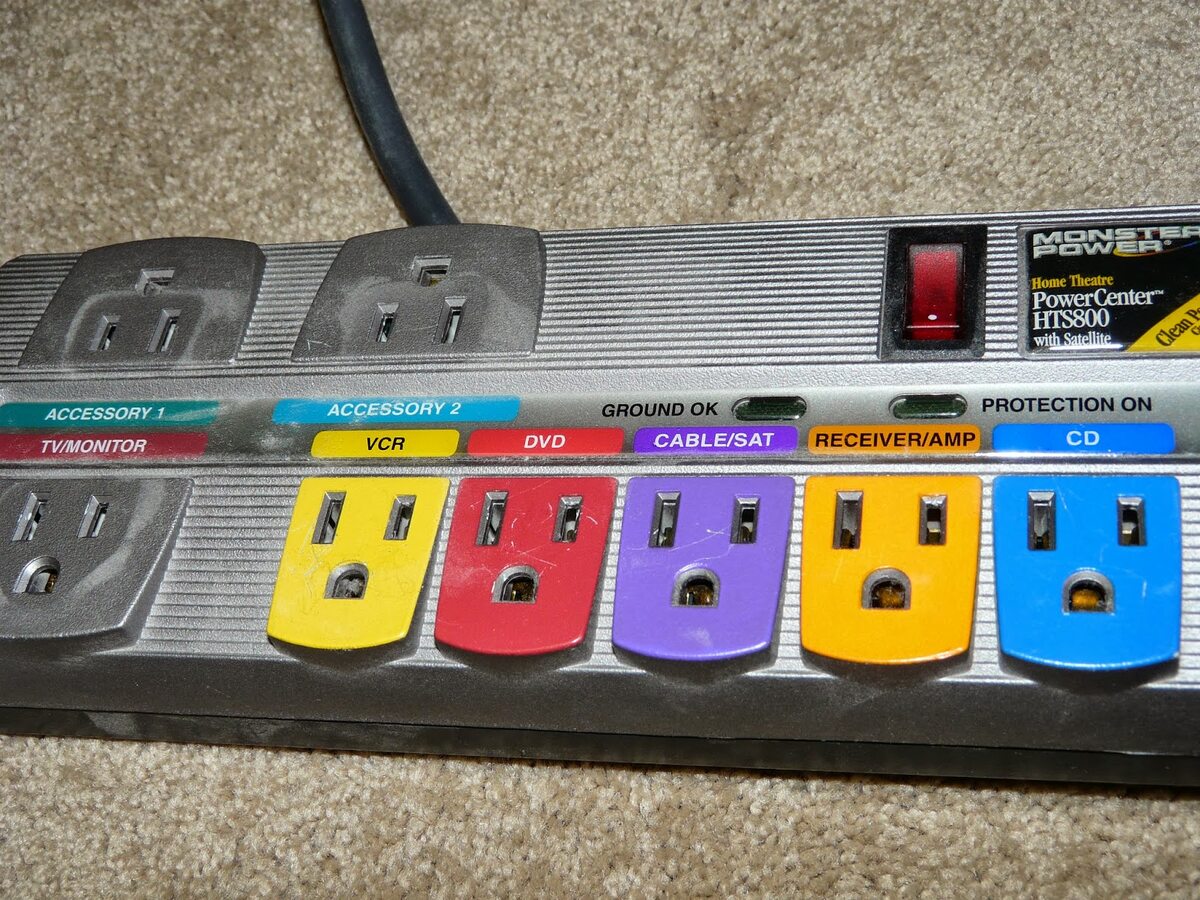
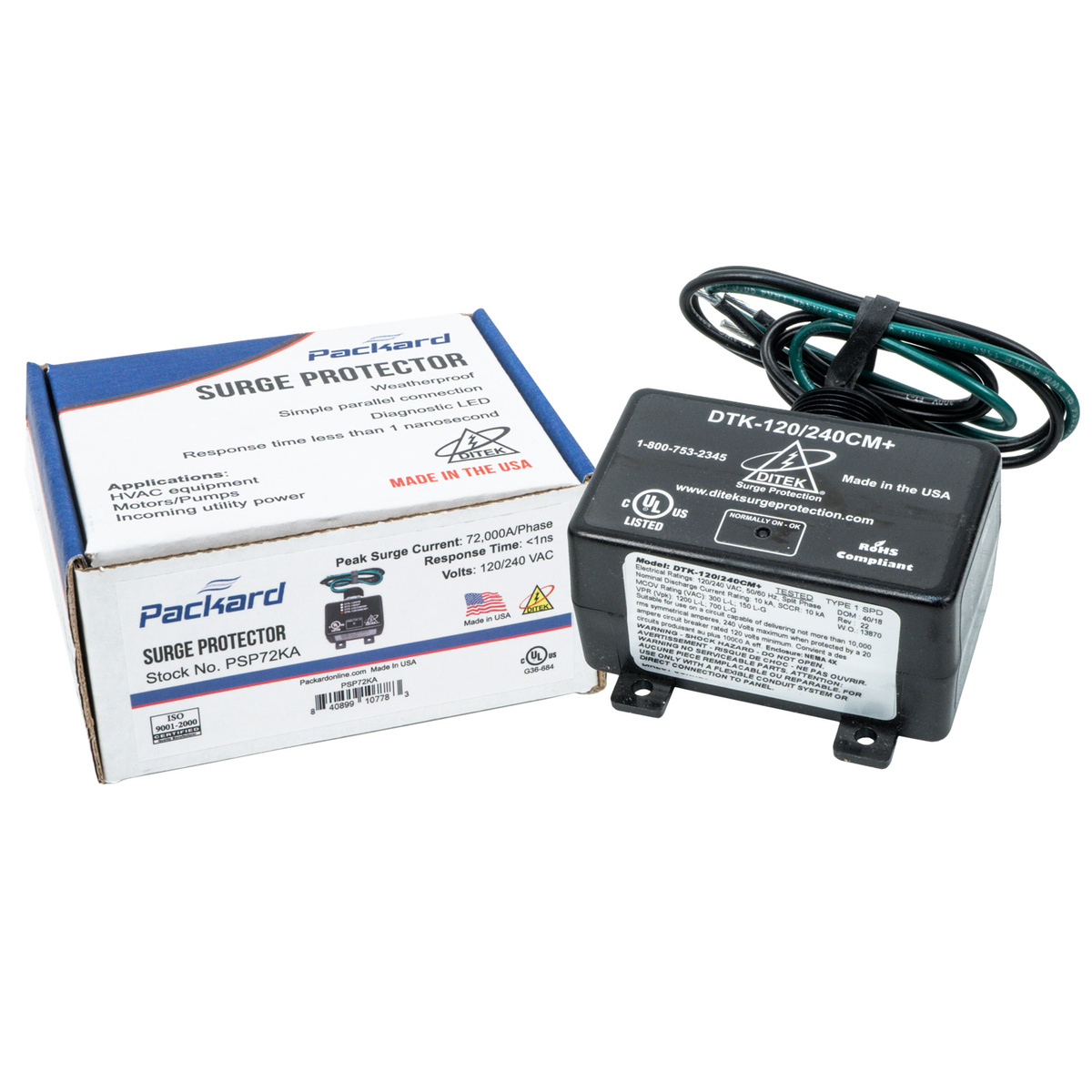
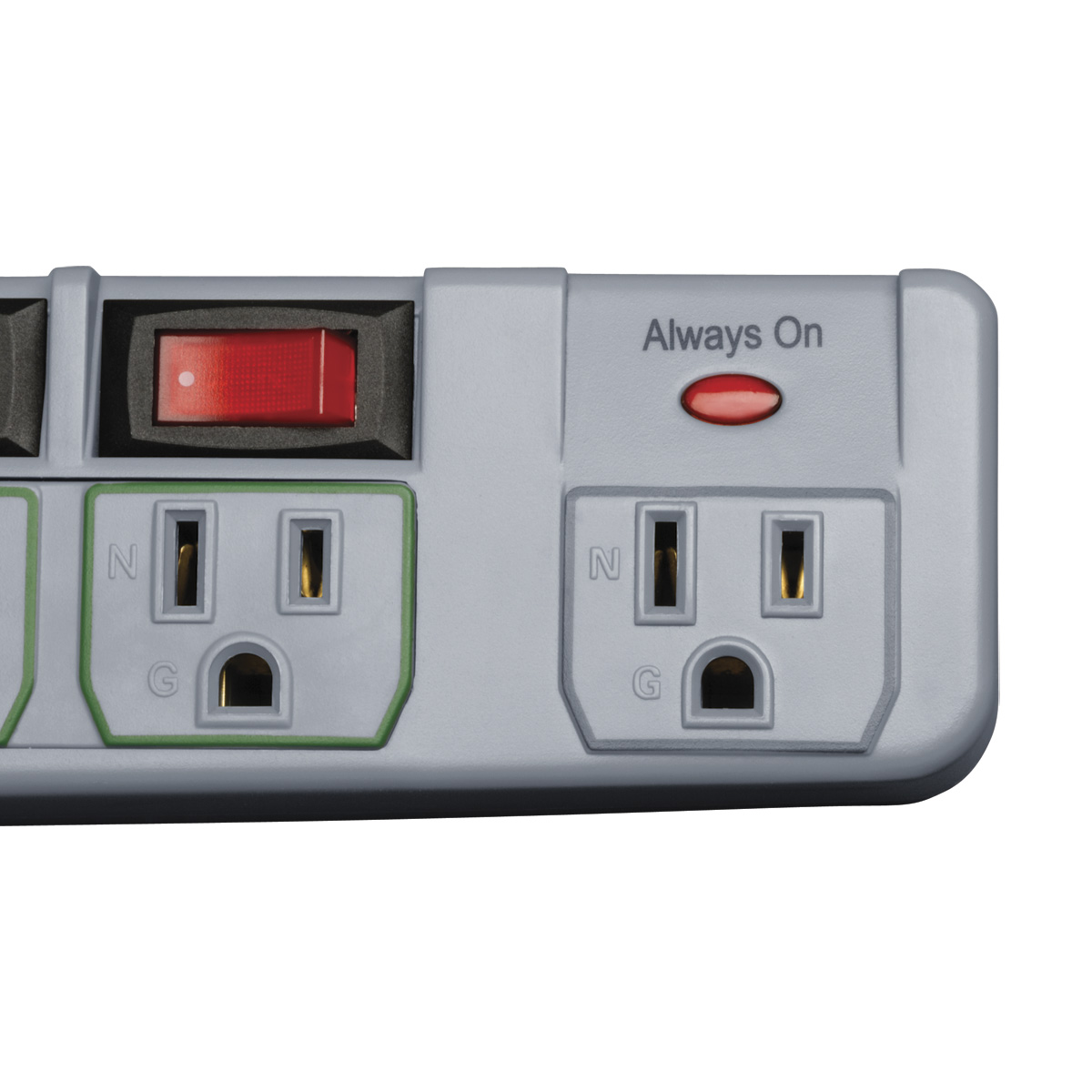
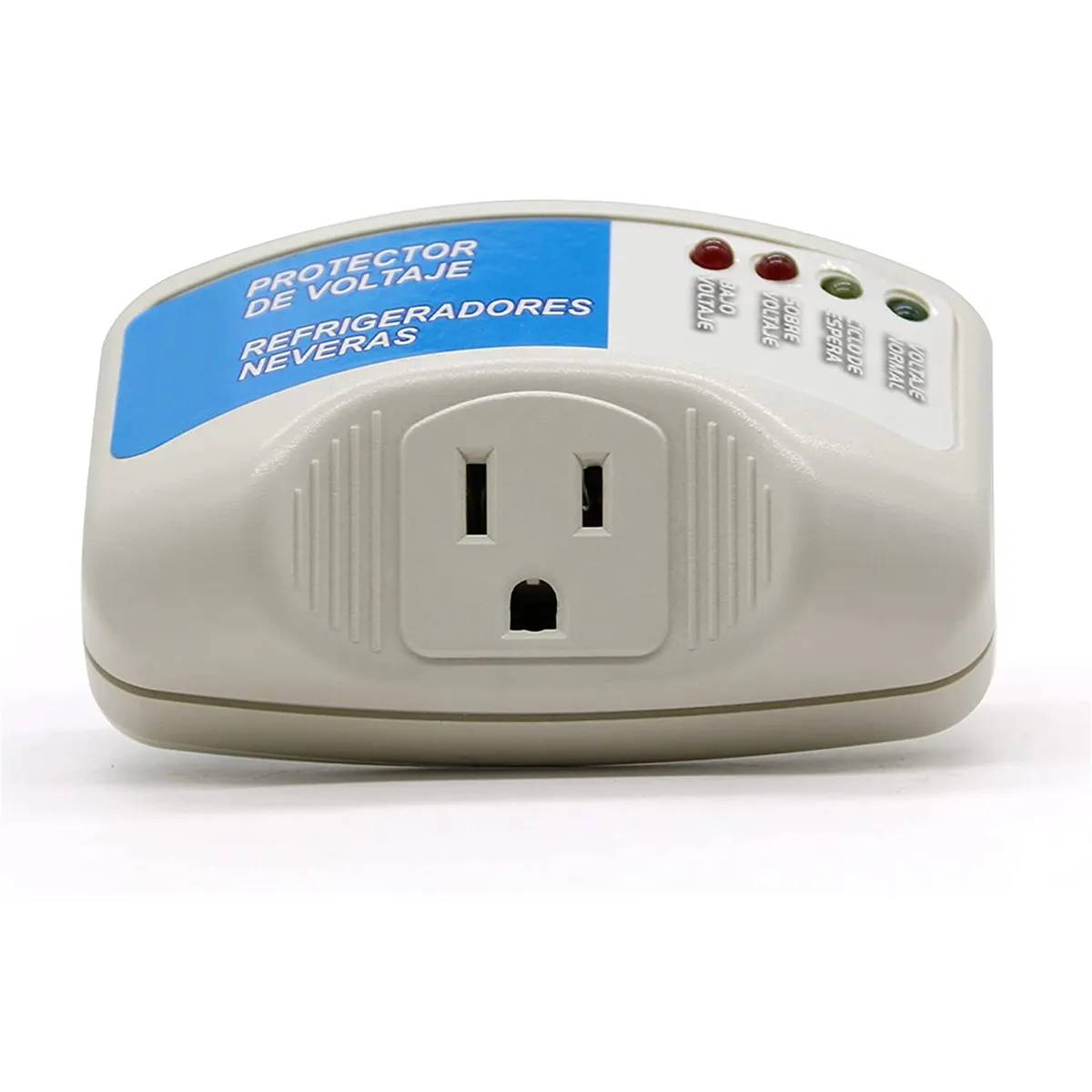
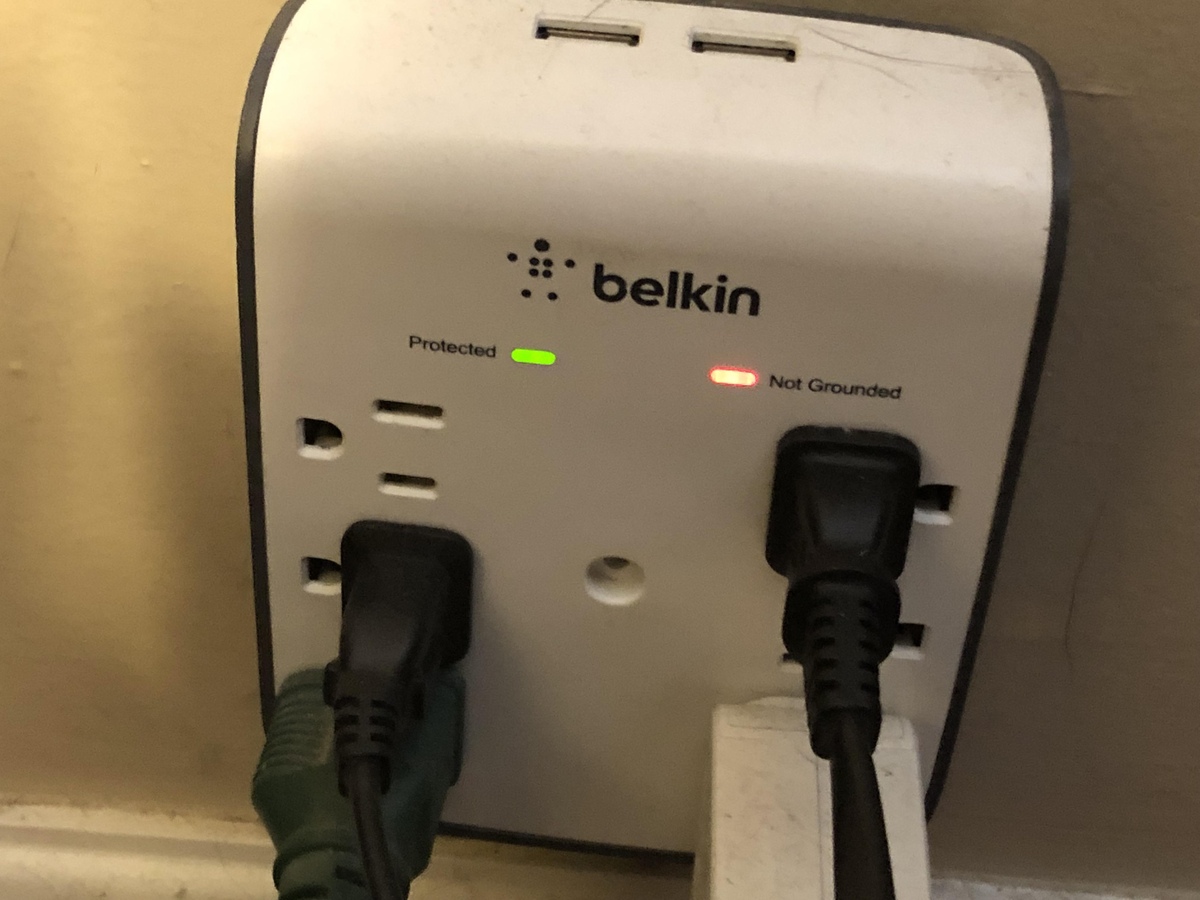
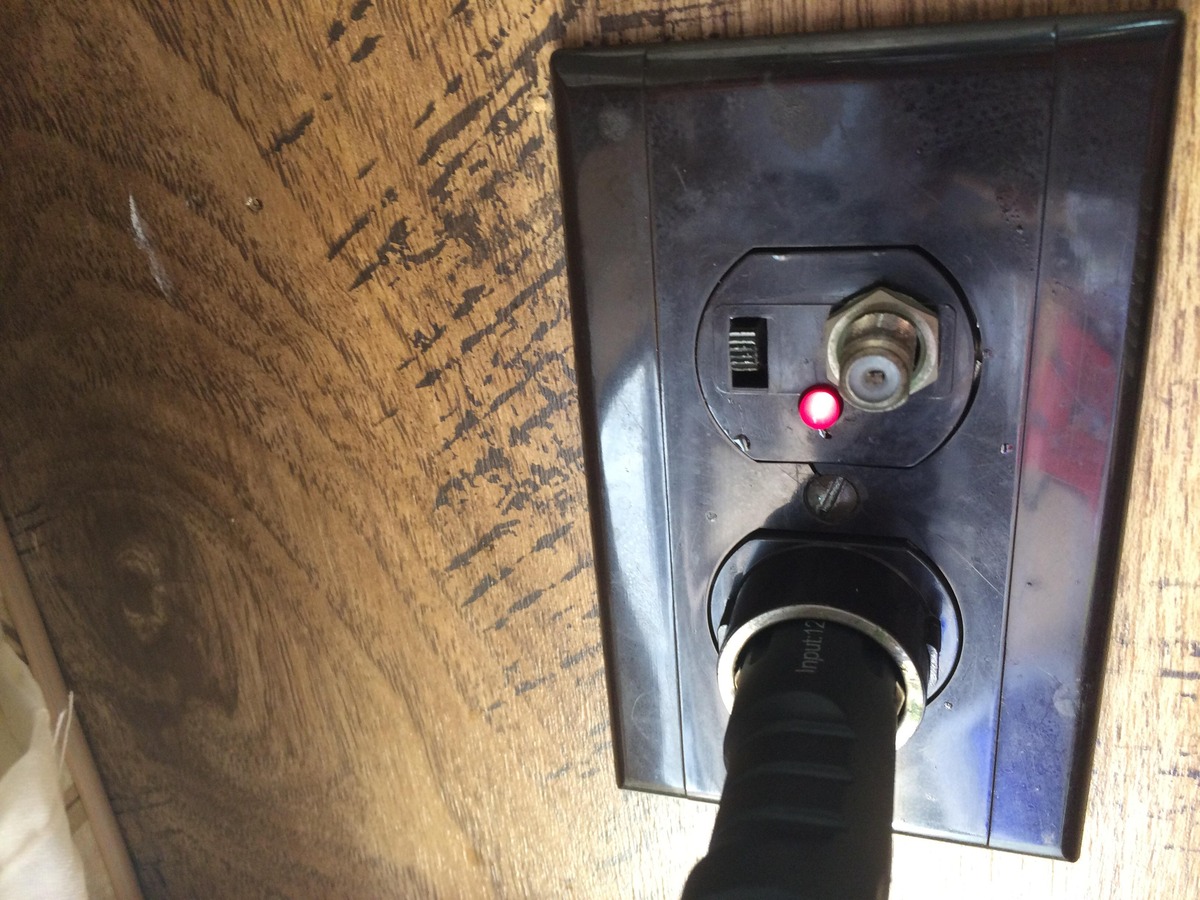
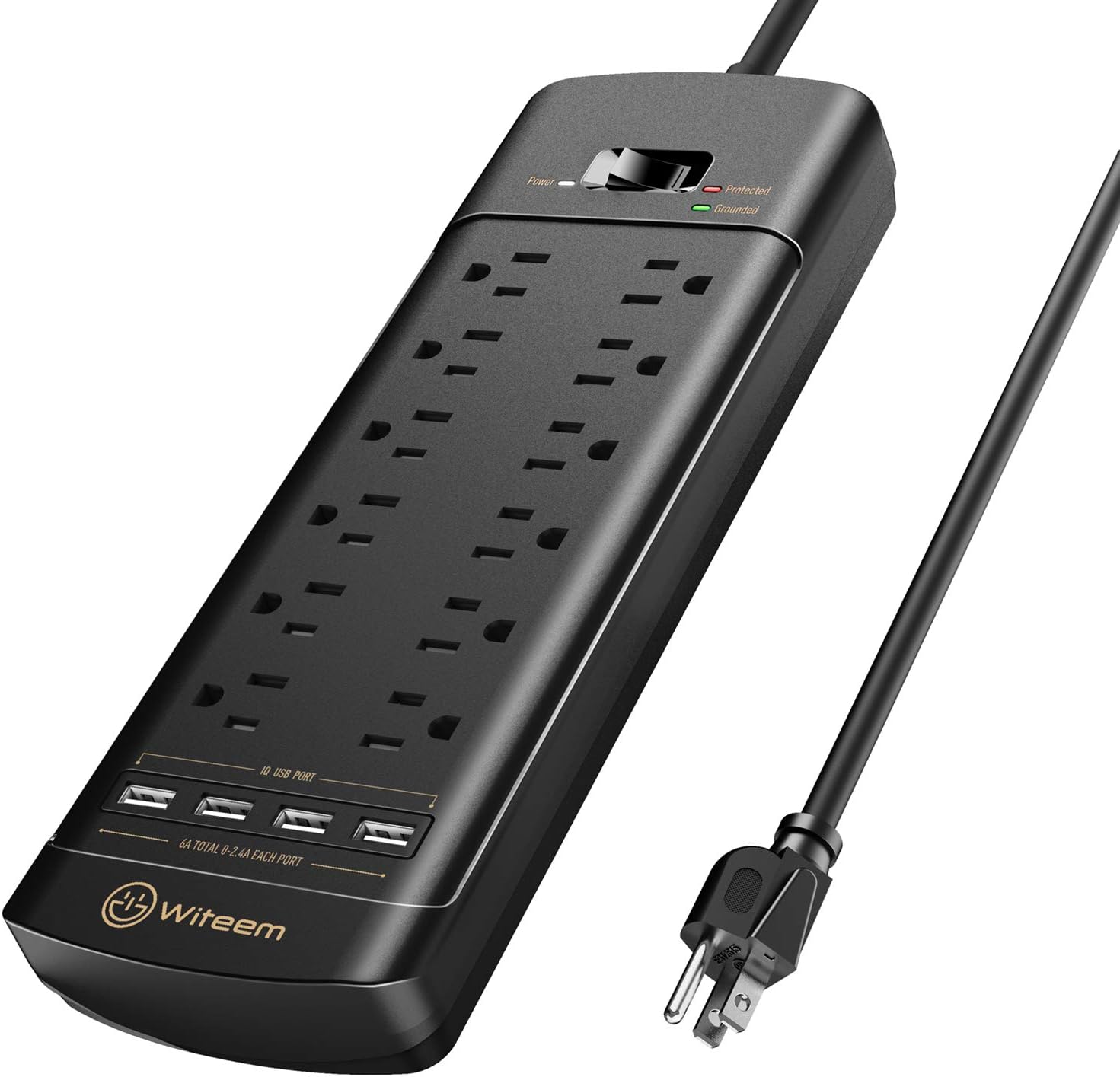
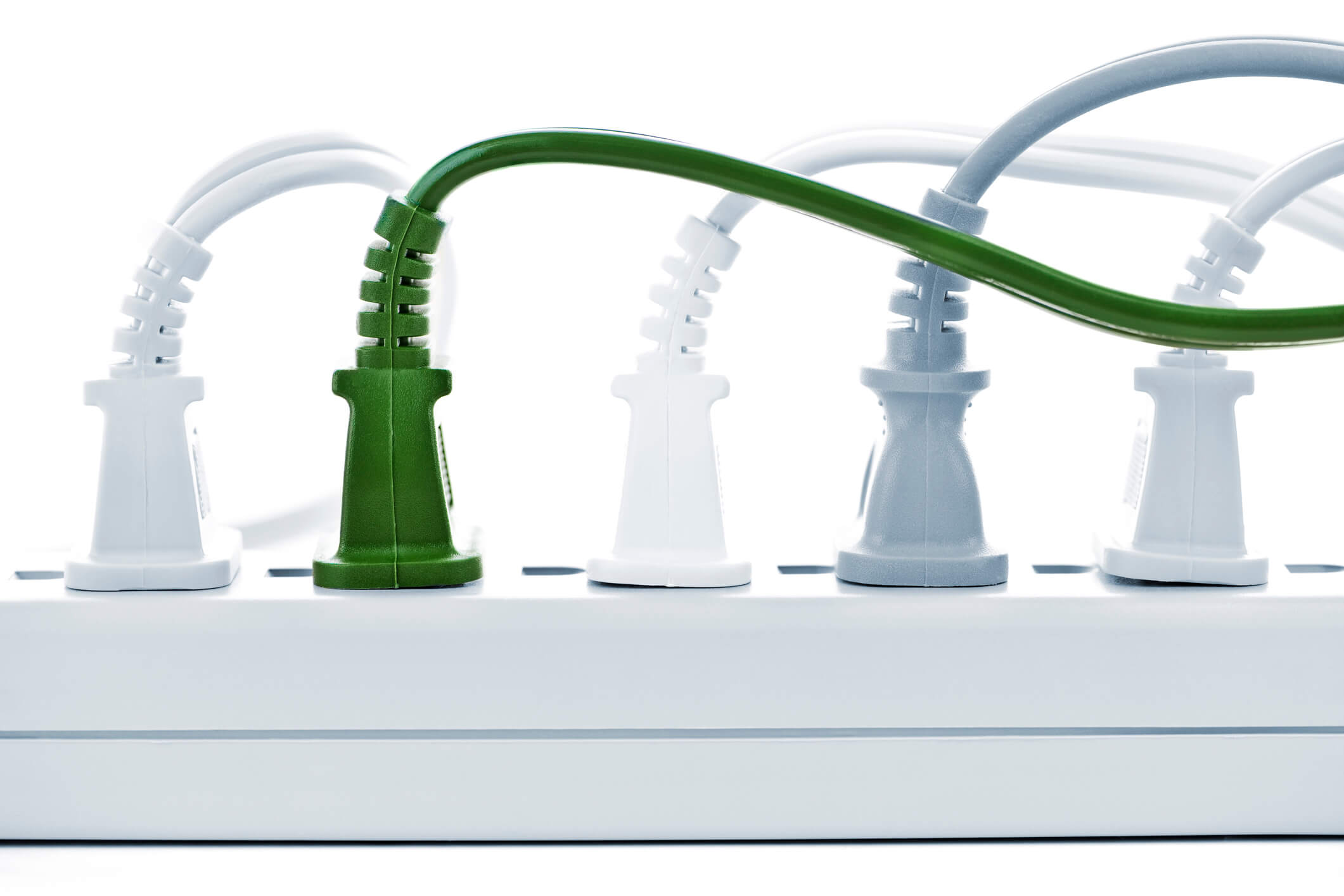
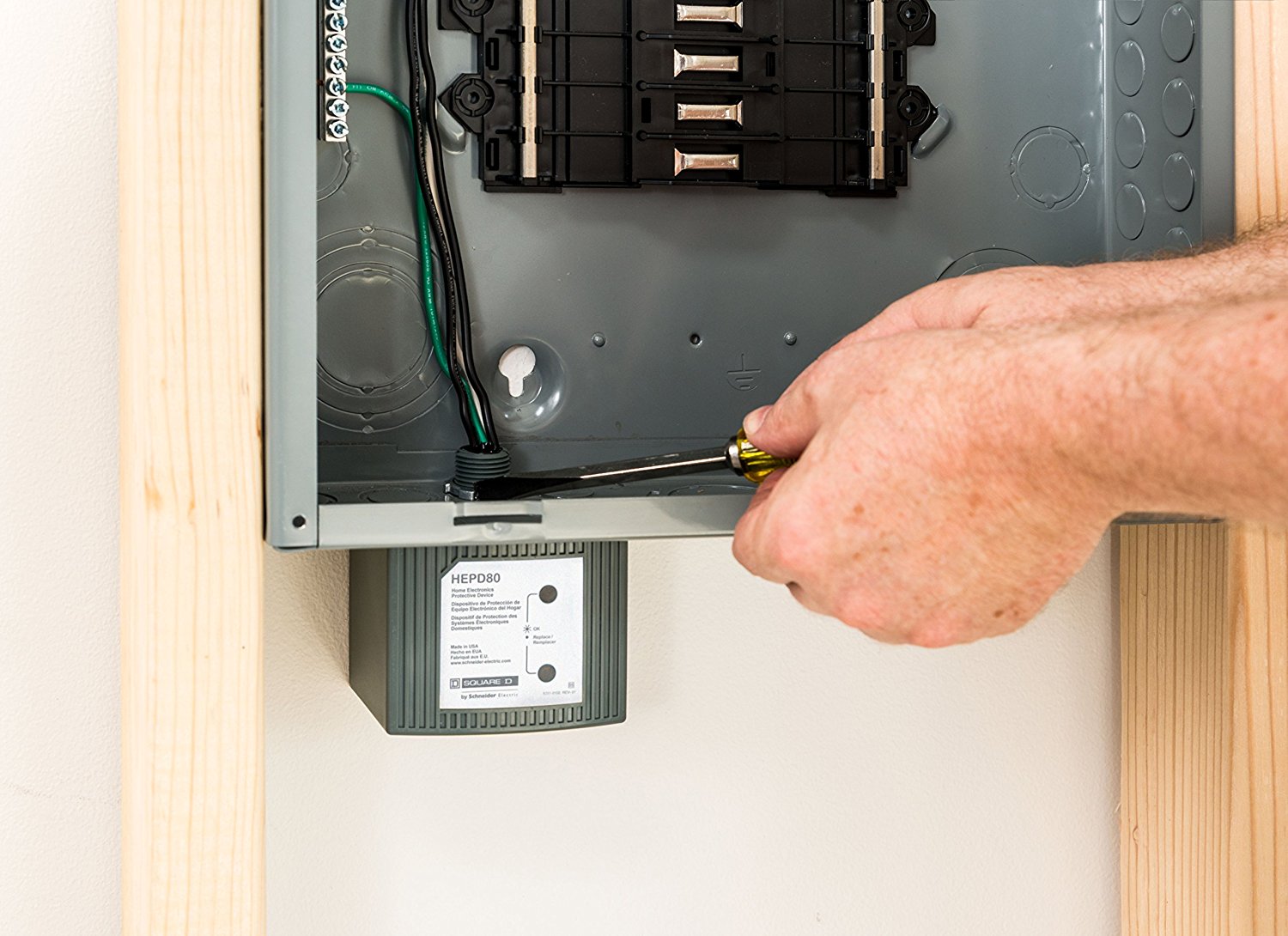
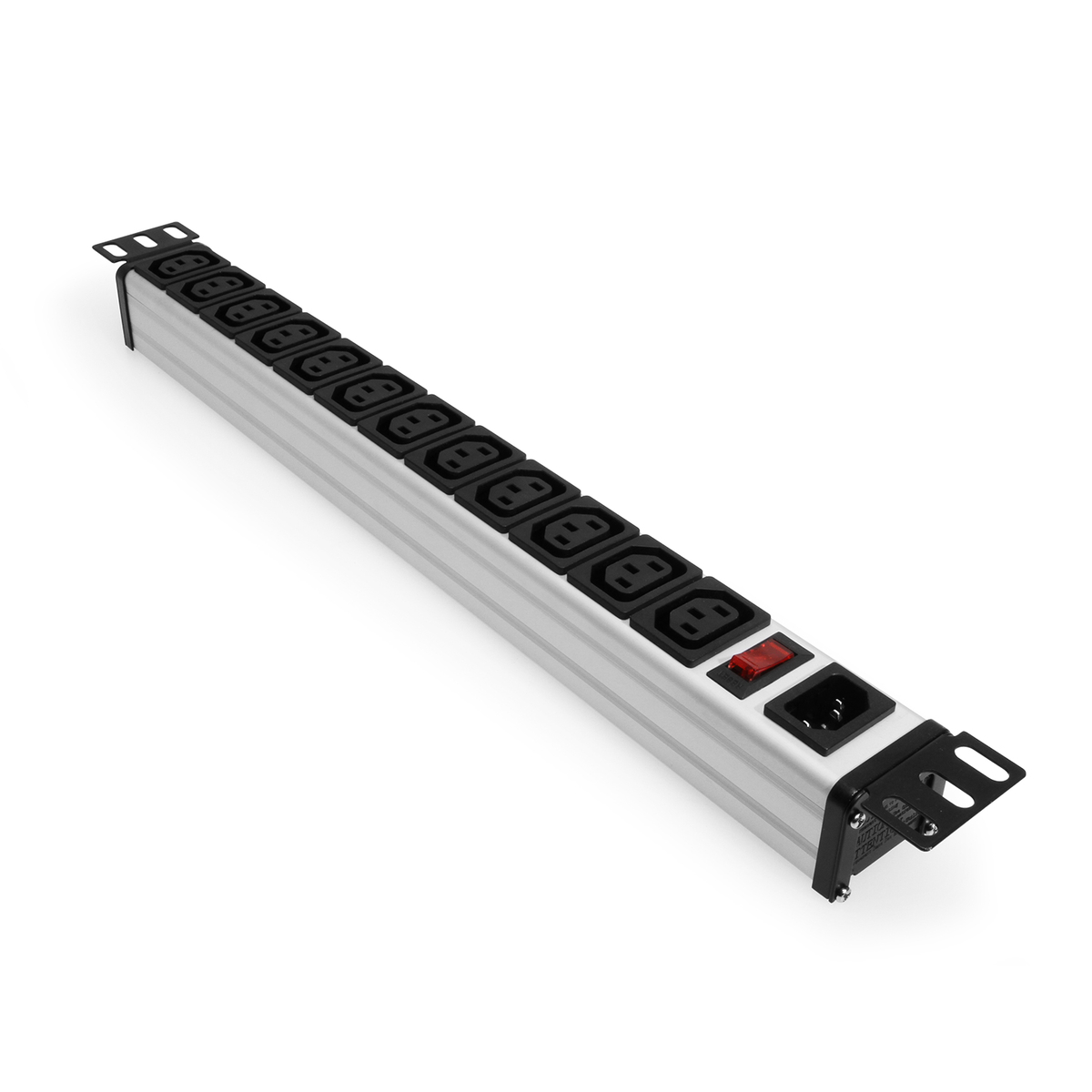
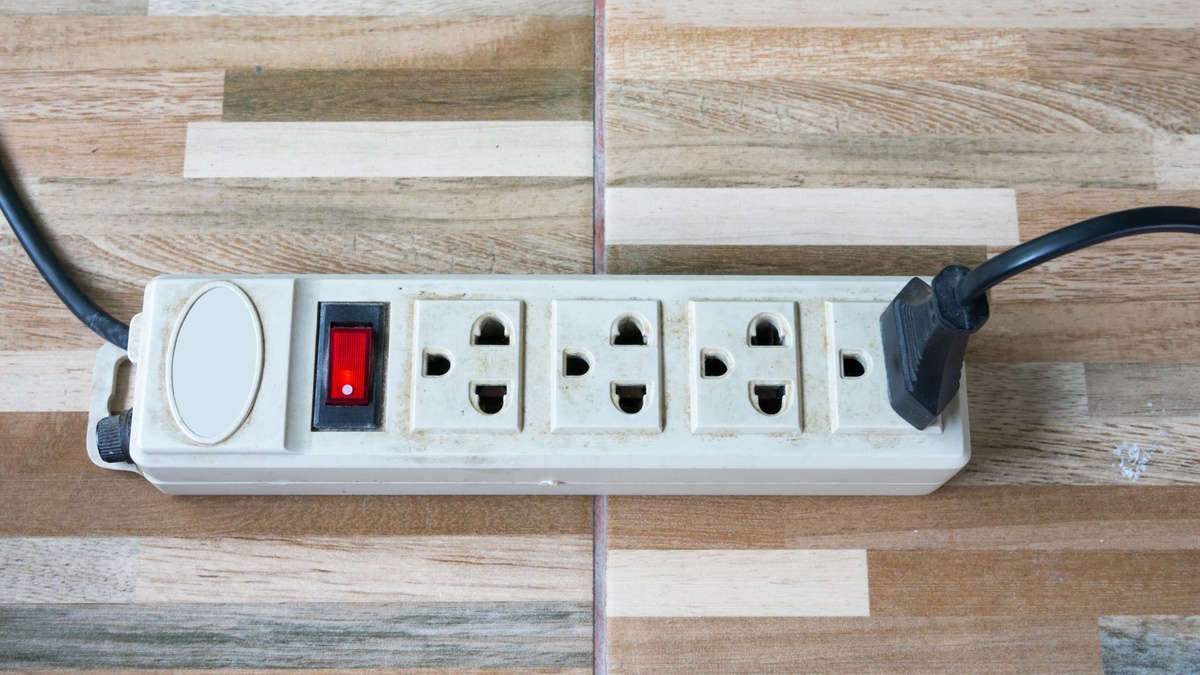
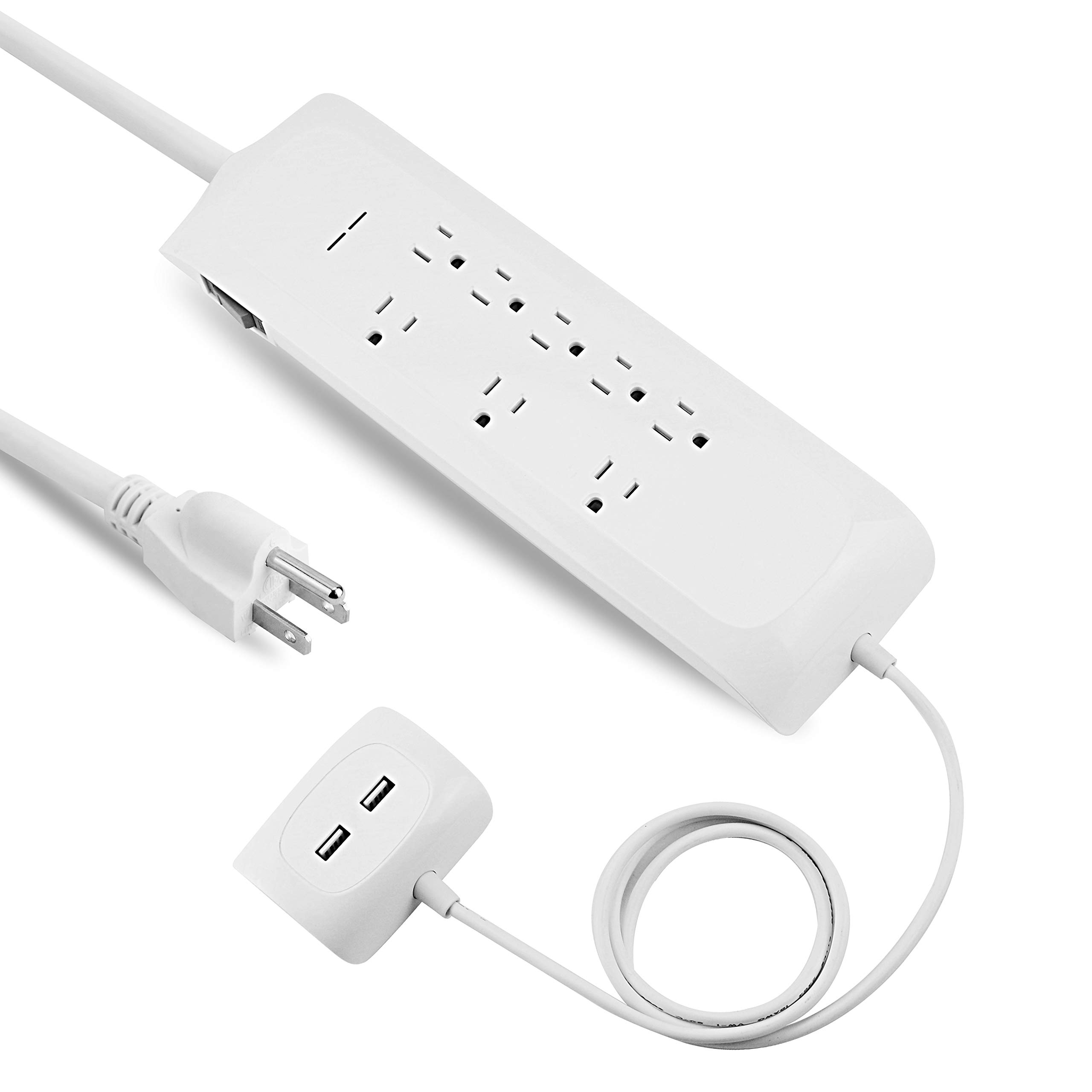
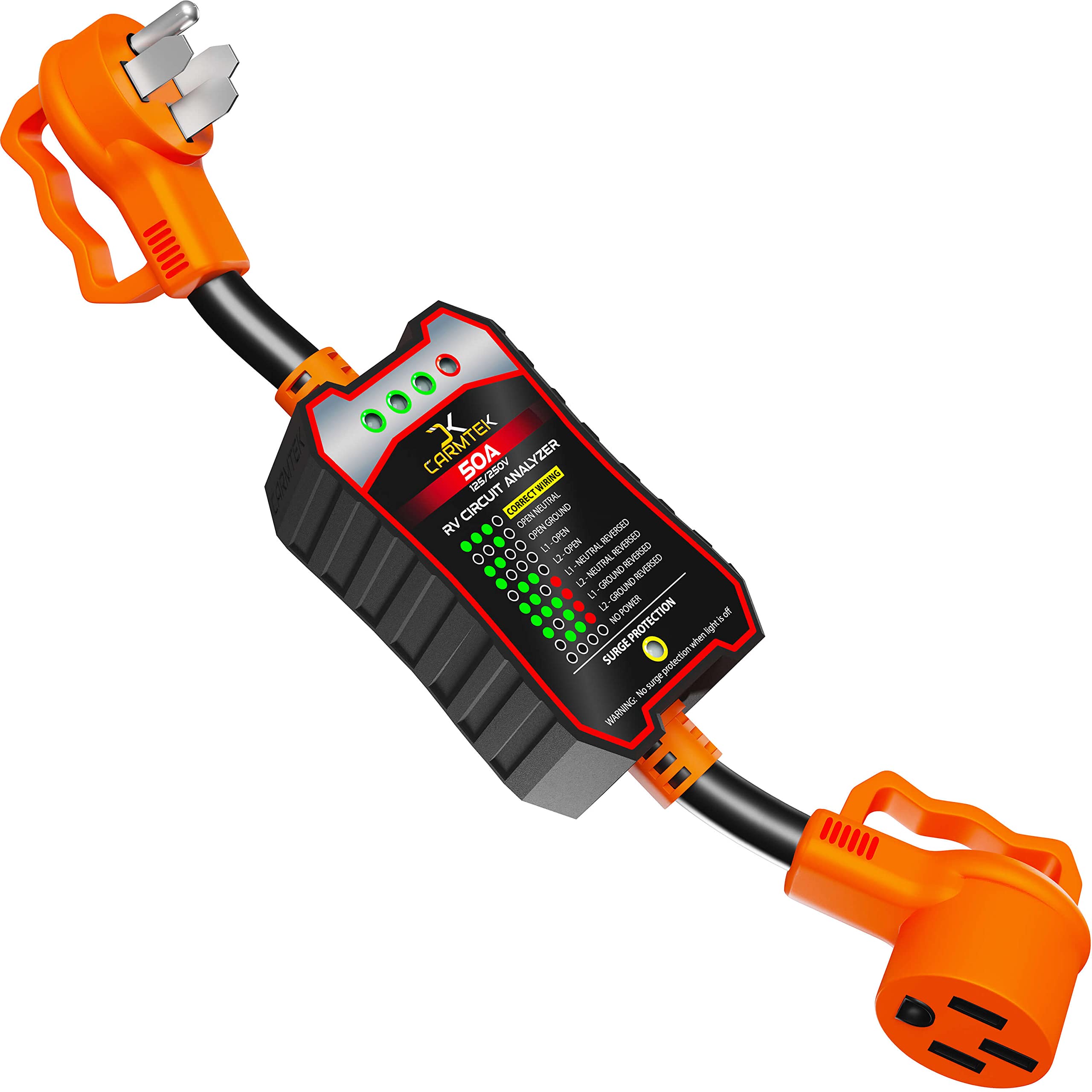
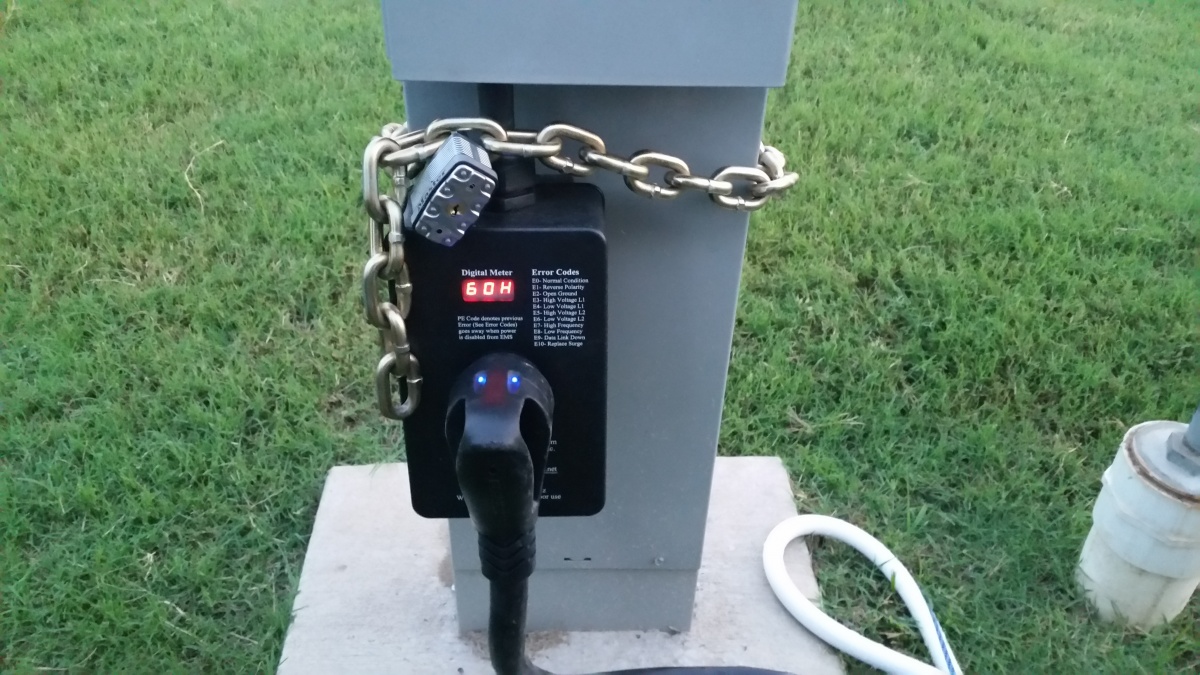

0 thoughts on “How Does A Surge Protector Work”